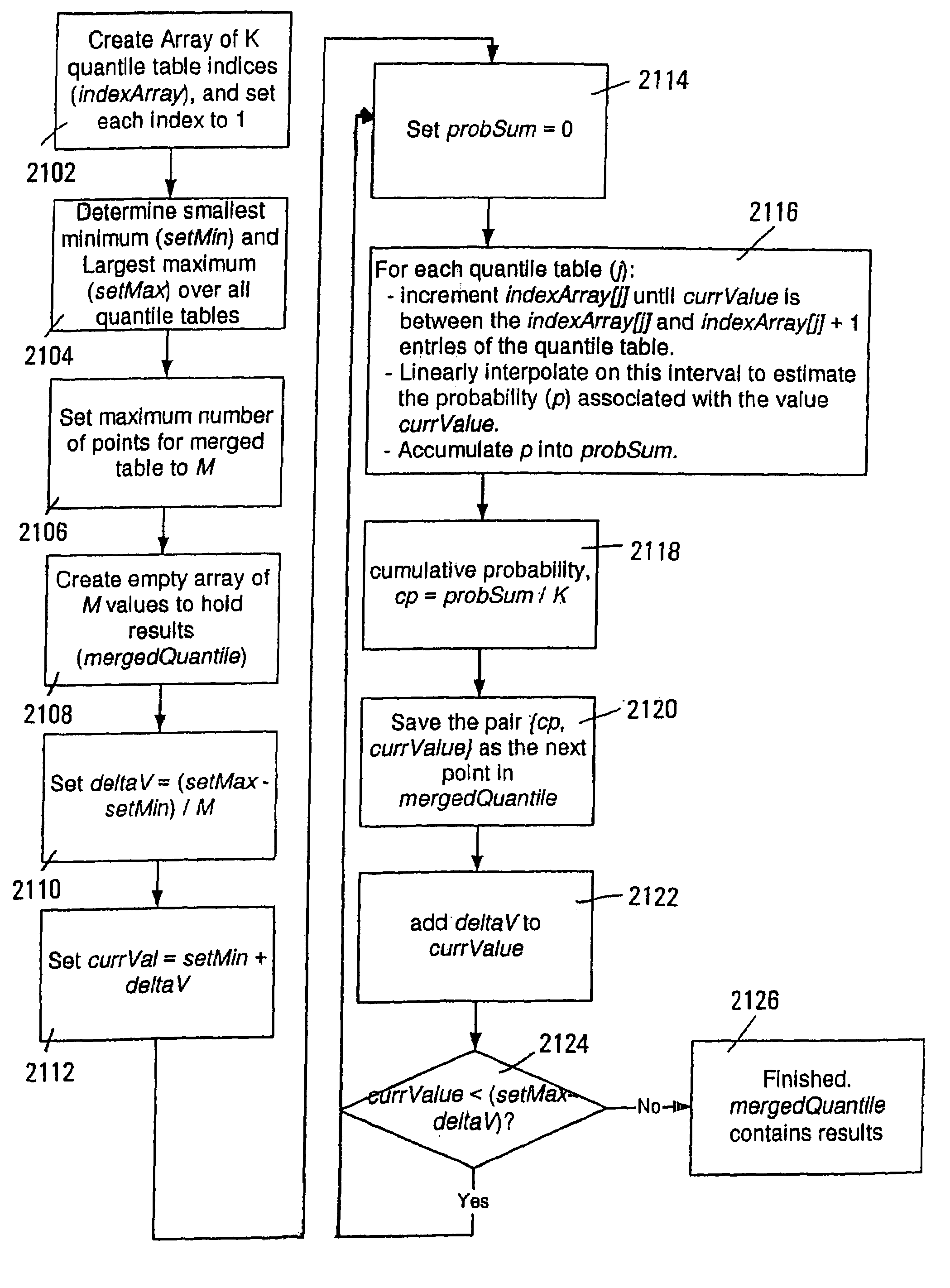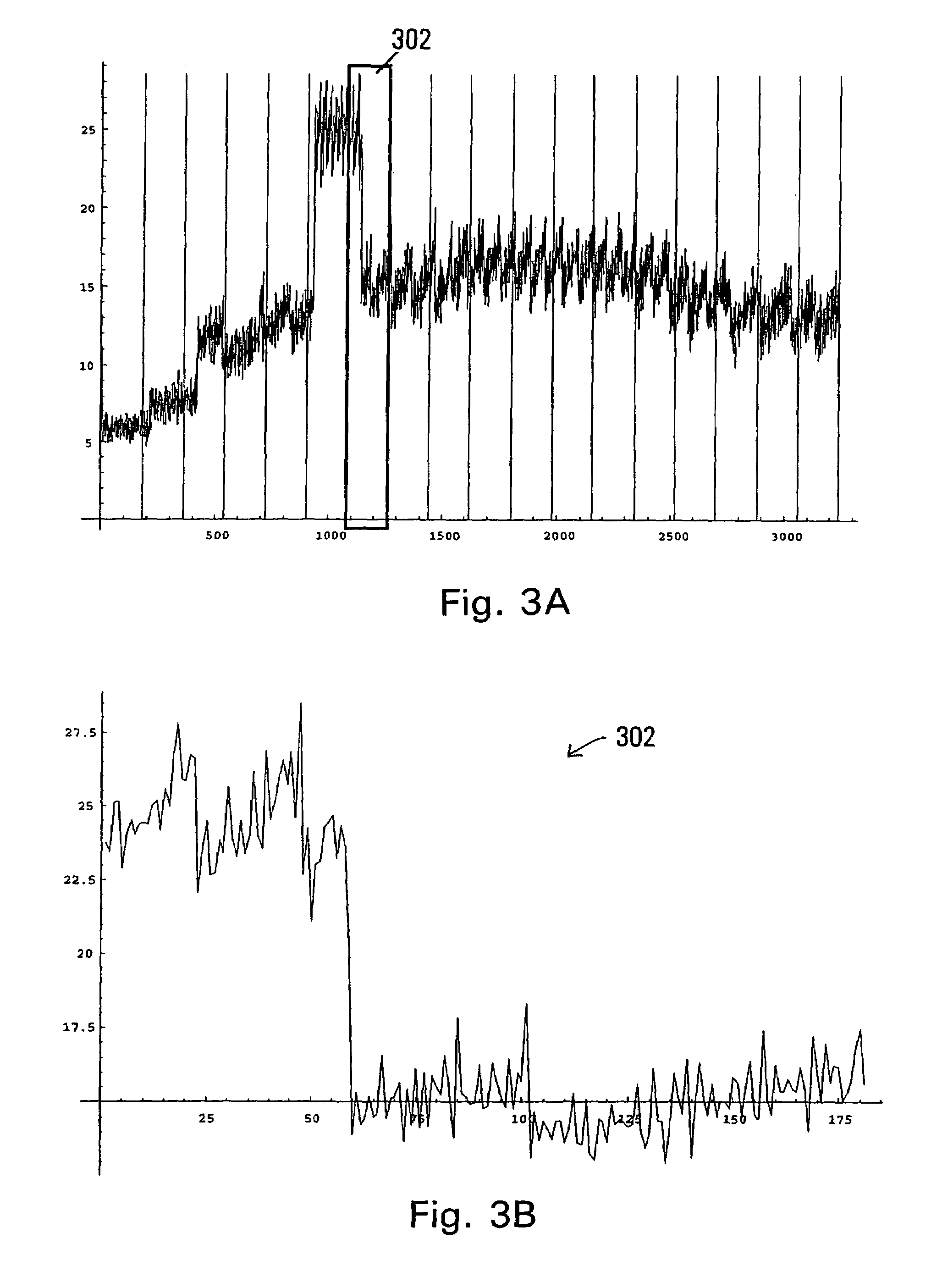System and methods for display of time-series data distribution
a time-series and data technology, applied in the field of system and methods for monitoring a set of metrics, can solve the problems of limiting the number of histograms that can be displayed at the same time, reducing the number of orders and profits, and not always useful for discovering trends
- Summary
- Abstract
- Description
- Claims
- Application Information
AI Technical Summary
Benefits of technology
Problems solved by technology
Method used
Image
Examples
Embodiment Construction
[0045]As shown in the drawings for the purposes of illustration, the invention may be embodied in a system that collects, analyzes, and reports performance metrics for systems such as, for example, complex transaction-based structures typified by (but not limited to) e-commerce systems. In broad overview, the invention relates to the monitoring of a set of system performance metrics, such as transaction response time, throughput, availability, etc. The system receives metric data and generates and displays a set of “approximate histograms” from the quantile function of a time series segment. An approximate histogram is an estimation of the histogram of an original (i.e., complete) data set.
[0046]In addition to generating “approximate histograms,” an embodiment of the invention also displays a set of histograms for successive time intervals using a set of offset stacked bar charts. The resulting display provides a useful visual tool for tracking changes in the central values of a met...
PUM
 Login to View More
Login to View More Abstract
Description
Claims
Application Information
 Login to View More
Login to View More - R&D
- Intellectual Property
- Life Sciences
- Materials
- Tech Scout
- Unparalleled Data Quality
- Higher Quality Content
- 60% Fewer Hallucinations
Browse by: Latest US Patents, China's latest patents, Technical Efficacy Thesaurus, Application Domain, Technology Topic, Popular Technical Reports.
© 2025 PatSnap. All rights reserved.Legal|Privacy policy|Modern Slavery Act Transparency Statement|Sitemap|About US| Contact US: help@patsnap.com



